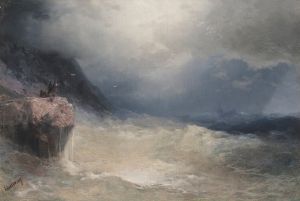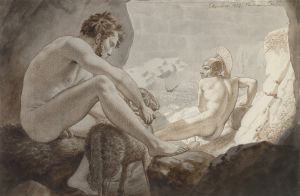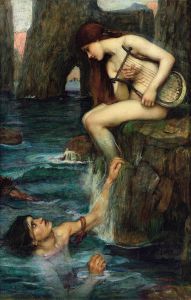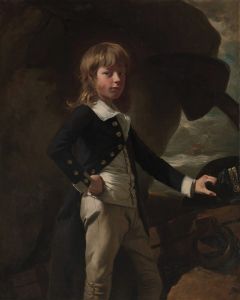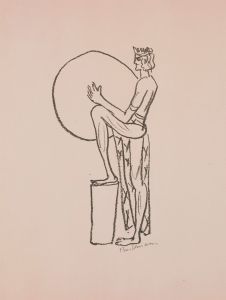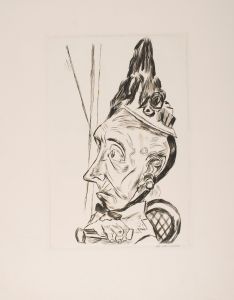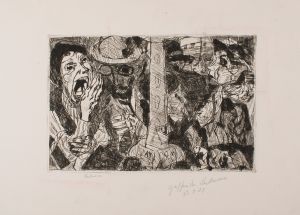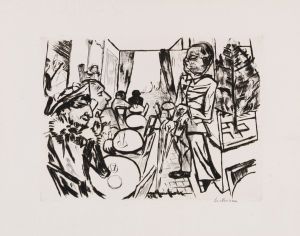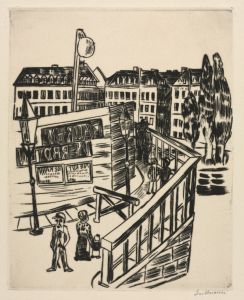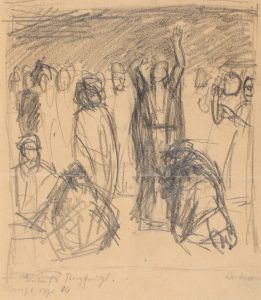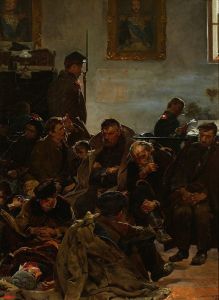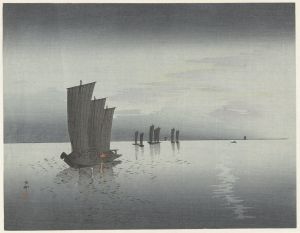
Gray Day at the Sea
A hand-painted replica of Max Beckmann’s masterpiece Gray Day at the Sea, meticulously crafted by professional artists to capture the true essence of the original. Each piece is created with museum-quality canvas and rare mineral pigments, carefully painted by experienced artists with delicate brushstrokes and rich, layered colors to perfectly recreate the texture of the original artwork. Unlike machine-printed reproductions, this hand-painted version brings the painting to life, infused with the artist’s emotions and skill in every stroke. Whether for personal collection or home decoration, it instantly elevates the artistic atmosphere of any space.
"Gray Day at the Sea" is a painting by the German artist Max Beckmann, a prominent figure in the Expressionist movement. Beckmann, known for his bold use of color, complex compositions, and emotionally charged works, created this painting in 1904. This period marked the early stages of Beckmann's career, during which he was exploring themes of nature and human emotion, often through landscapes and seascapes.
The painting depicts a somber, overcast day by the sea, with muted tones and a subdued atmosphere. It reflects Beckmann's interest in capturing the mood and essence of a scene rather than focusing solely on realistic representation. The work is characterized by its restrained color palette, dominated by shades of gray, blue, and earthy tones, which evoke a sense of melancholy and introspection. The composition is relatively simple, emphasizing the vastness of the sea and sky, with minimal detail in the foreground.
"Gray Day at the Sea" is considered an example of Beckmann's early style, which was influenced by Impressionism and Post-Impressionism. During this time, Beckmann was experimenting with light, texture, and atmosphere, elements that would later evolve into the more dramatic and symbolic style for which he became renowned. This painting provides insight into Beckmann's artistic development and his ability to convey emotion through landscape.
The painting is held in a private collection and is not as widely known as some of Beckmann's later works, such as his triptychs or portraits. However, it remains an important piece in understanding the trajectory of his artistic career and the themes that preoccupied him during his formative years.
No further information about the specific context or reception of "Gray Day at the Sea" is readily available.





